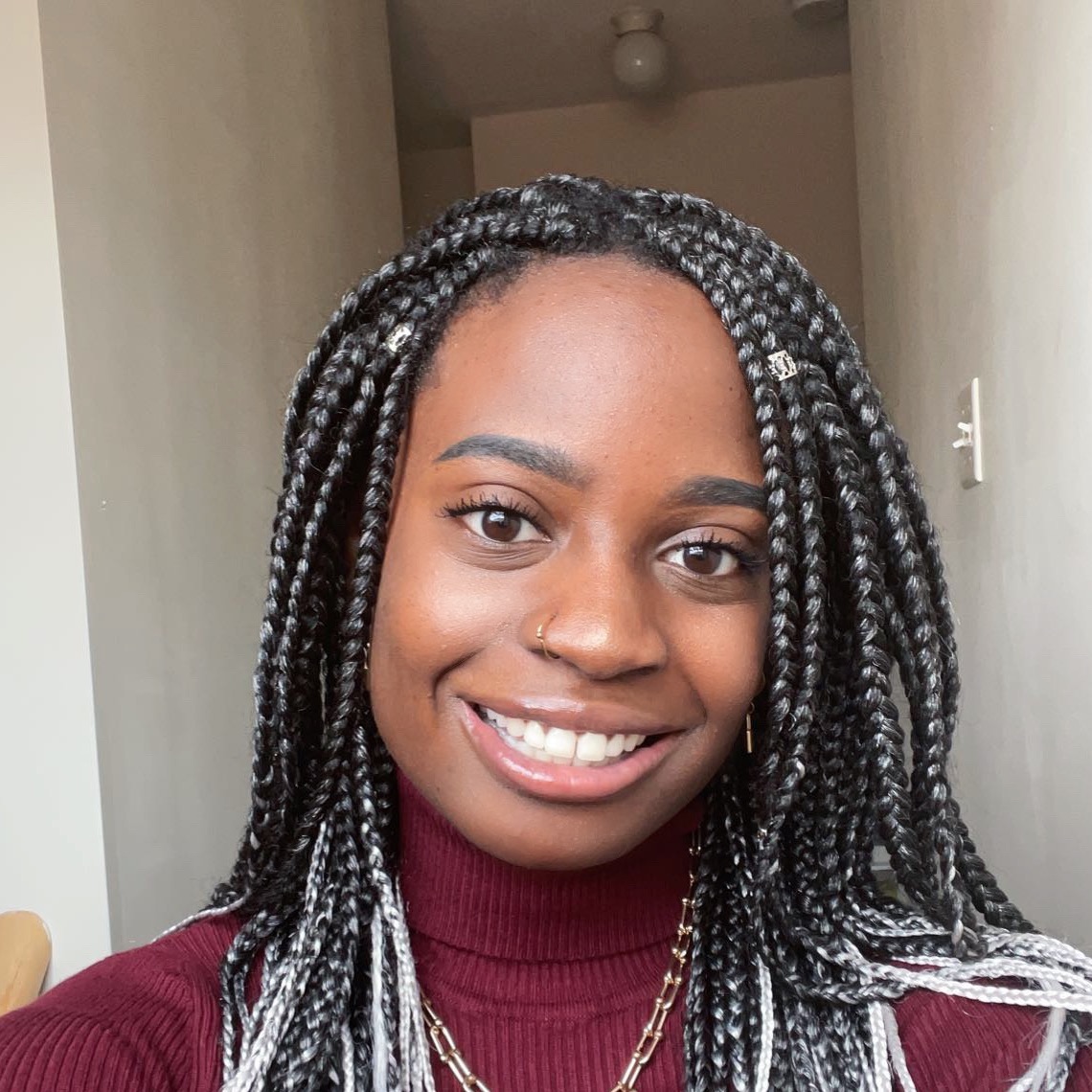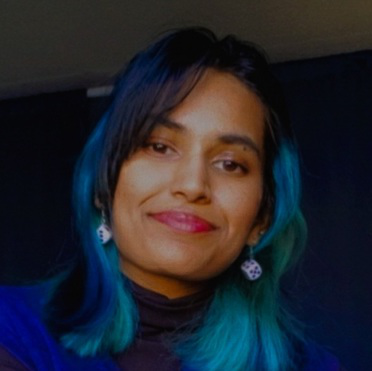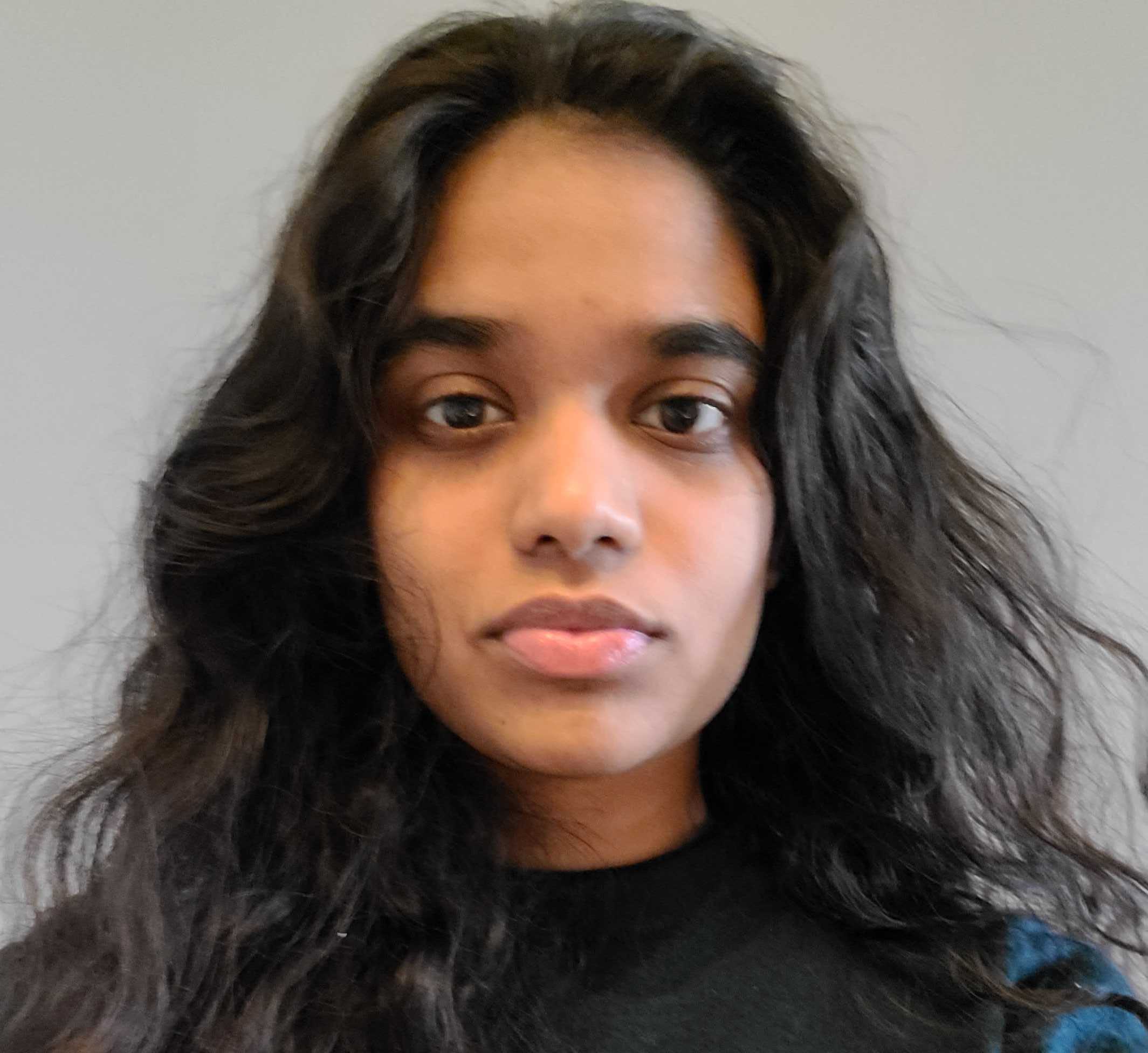No One’s Clutching Their Pink Tinted Lip Balm on Gay TikTok
No One’s Clutching Their Pink Tinted Lip Balm on Gay TikTok

Neel Desai
The Beyond Bullying Project Team
Years before coming out as queer, I was really interested in skin care and makeup. As a baby closeted queer in high school, I spent countless lunch hours washing my face with tea tree oil face wash, applying baby powder to keep my acne-prone skin matte and oil free, and, of course, finishing off the look with a pink tinted lip balm.
My heart would race everytime I started my routine. My presence in the boys’ bathroom at school put me at risk of homophobic slurs, insults or degrading questions by those who entered. “Bro, that is so gay, why are you putting on makeup?”, “Is that lipstick, dude?”, “Do you have to do that shit in here?” – are just a few examples.
My proclivity for keeping my face nice and clean during every lunch break made them question my masculinity. They’d look at my tinted lip balm and simply assume I liked men or wanted to be a girl. When the boys’ bathroom at school got too risky, I’d walk ten minutes from school to the nearby rec centre during lunch, just to wash my face. I feared being myself. I’d lie to people and say that I didn’t wear any makeup, and my lips were just “naturally” pink; clutching the secret in my pocket to ensure no one found out my truth. I was doing what was needed to survive.
Years later, I became more confident and sure of myself, to the point where now I proudly share my skincare routine with friends and loved ones. Although I still struggle opening up to strangers regarding my skincare, all this was still a sign of tremendous growth for me, and it was a process to get there. I lost friends. I lost partners. I lost family. I felt violated. I felt alone and ashamed of who I was.
Today, queer folks are able to share their queer lives, experiences, love stories and struggles on platforms like TikTok, connecting with other queers and creating an entire subculture of what we know today as “gay TikTok”. Although this space created a huge sense of visibility and helped me understand my queerness, I’ve noticed something on this platform.
No one is clutching their pink tinted lip balm on gay TikTok.
Many queer folk who post on gay TikTok seem so confident seem so sure of themselves– even those who are still in high school. And those around them seem so accepting. They full heartedly and publicly express their queerness – even in the halls of their high school – without an ounce of hesitation (or so it seems). This is definitely not what my journey of queer acceptance has been like. My journey was rough. Being public meant putting myself in danger. The disconnect I felt and still feel between my own experience and the stories of queer folks flooding gay TikTok make it seem as if being queer is easy, safe, and resistence-free within our contemporary world when in fact it isn’t.
In reality, many of us have to remove our makeup before entering our homes to avoid being called horrible names or being physically assaulted. In reality, queer folks have to choose whether or not to come out to our parents or be affectionate towards our significant other in crowded places, or have to switch up the route home to avoid harassment or violence. These realities aren’t what I see on gay TikTok.
This is not to say queerness isn’t joyful, because it absolutely is. But it gives young, baby queers, and particularly young queers of colour a false sense of what reality is going to be like within a homophobic, cis-assuming, patriarchal world that is out to harm and erase them. This is not meant to scare any closeted queers out there, but maybe to help them feel less alone and make their experiences more visible.
What might it be like to publicize this reality of what being queer is like on gay TikTok? This means making content that reflects the joyful and euphoric happiness that is experienced when you finally realize what your pronouns are, but also it means showing the awkward, discomforting, disheartening moments of the journey, like clutching your make-up in your pocket in public. It’s important to do so, so we celebrate both arriving at queer acceptance and the arduous journey to get there. No one should be left feeling alone along this journey, clutching their pink tinted lip balm in silence.




